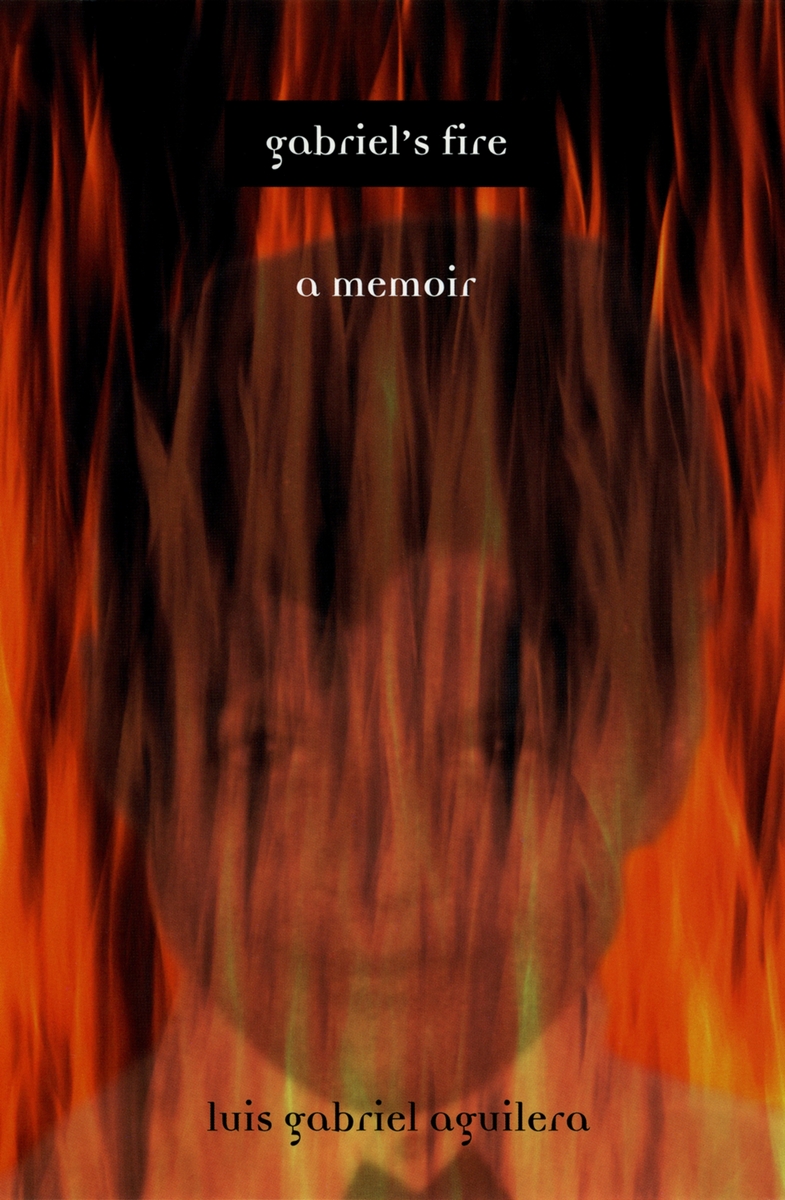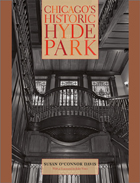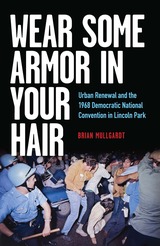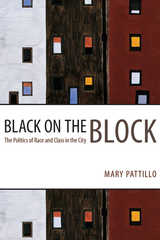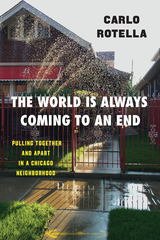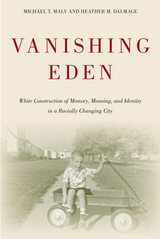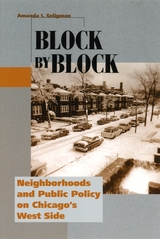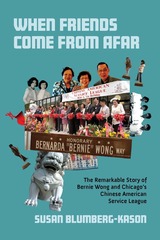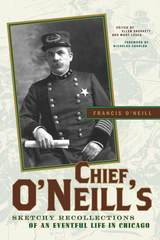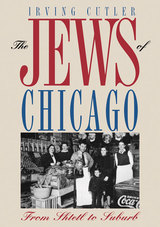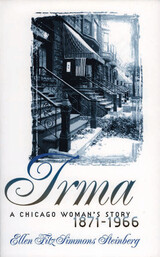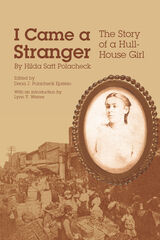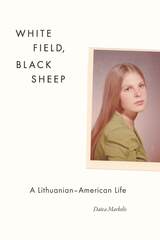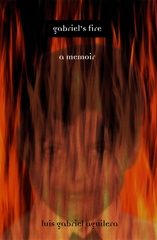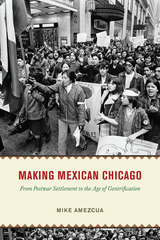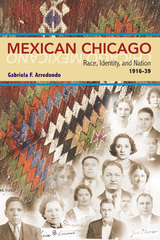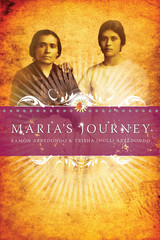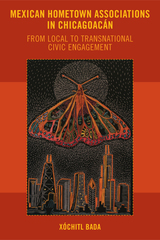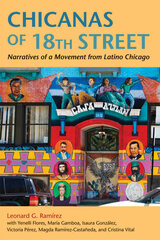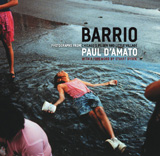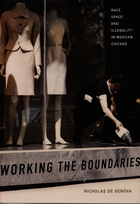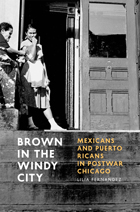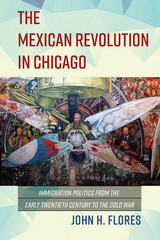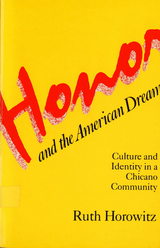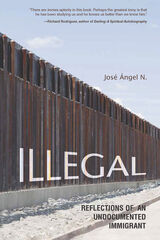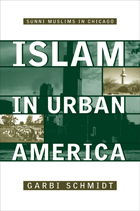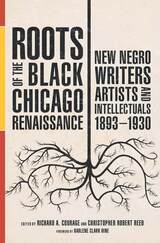Gabriel's Fire: A Memoir
University of Chicago Press, 2000
Cloth: 978-0-226-01067-0
Library of Congress Classification F548.9.M5A38 2000
Dewey Decimal Classification 977.311004687207
Cloth: 978-0-226-01067-0
Library of Congress Classification F548.9.M5A38 2000
Dewey Decimal Classification 977.311004687207
ABOUT THIS BOOK | AUTHOR BIOGRAPHY | TOC
ABOUT THIS BOOK
Like many boys, Luis Gabriel Aguilera grew up with cartoons, music, friends, and first loves. As he entered his teenage years, he faced the typical questions of adolescence—what kind of person did he want to be? how should he live his life? But for Aguilera, now in his twenties, these questions had a particular urgency. A Mexican immigrant, he came of age in a Polish neighborhood on the South Side of Chicago that was encroached upon by threats of gangs and drugs. He attended Catholic school and, at age thirteen, began an affair with one of the teachers at the local elementary school. All the while he documented his teenage years in a series of journals, which have now grown into Gabriel's Fire.
Aguilera's memoir is not just an account of race relations and street life in the inner city, nor of the plight of the immigrant and the dilemma of class identity for a "minority" family. Gabriel's Fire also movingly recounts the peculiarly daunting and inspiring moments of a particular age, riddled with confusion, desires, and duties and recorded by an exceptionally observant and articulate young man. Aguilera writes that he "grew into" the English language when he was eleven or twelve, and his recollections reflect his newfound delight with words—the conversations, arguments, taunts, song lyrics, and casual interchanges of his youth are rendered here with an immediacy and directness rare in contemporary memoirs.
Both a picture of American culture of the 1980s and 1990s and a coming-of-age story, Gabriel's Fire counters mainstream and mass-mediated images of the inner city, Hispanic culture, and troubled youth. In its honesty and energy, it is a poignant and compelling story of one man's formative years.
Aguilera's memoir is not just an account of race relations and street life in the inner city, nor of the plight of the immigrant and the dilemma of class identity for a "minority" family. Gabriel's Fire also movingly recounts the peculiarly daunting and inspiring moments of a particular age, riddled with confusion, desires, and duties and recorded by an exceptionally observant and articulate young man. Aguilera writes that he "grew into" the English language when he was eleven or twelve, and his recollections reflect his newfound delight with words—the conversations, arguments, taunts, song lyrics, and casual interchanges of his youth are rendered here with an immediacy and directness rare in contemporary memoirs.
Both a picture of American culture of the 1980s and 1990s and a coming-of-age story, Gabriel's Fire counters mainstream and mass-mediated images of the inner city, Hispanic culture, and troubled youth. In its honesty and energy, it is a poignant and compelling story of one man's formative years.
See other books on: Chicago (Ill.) | Childhood and youth | Inner cities | Memoir | Mexican American youth
See other titles from University of Chicago Press
